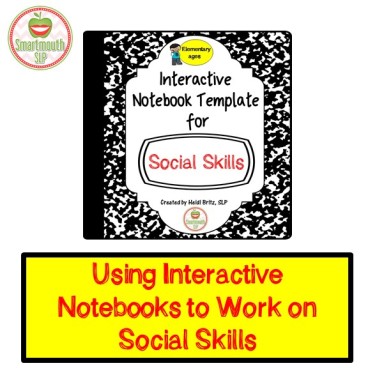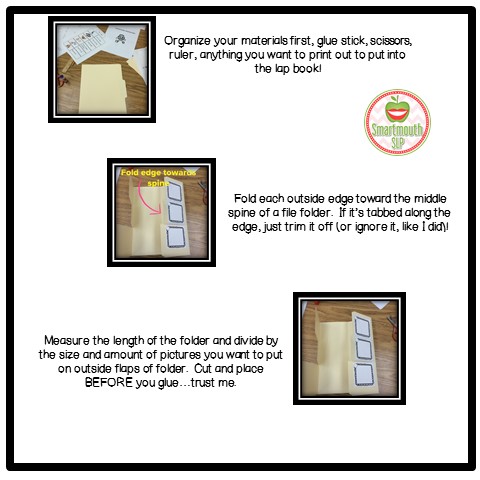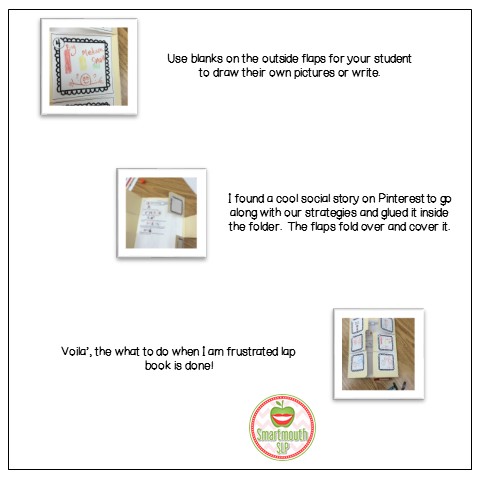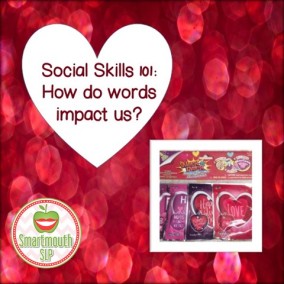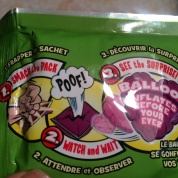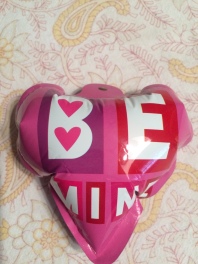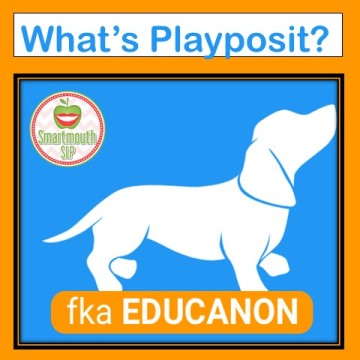
This cute little logo belongs to the most exciting website for social language videos that I have seen in a while. Yes, I don’t get out much, but it is REALLY exciting!! Playposit, formerly known as Educanon, was shown to me by one of my fantastic CFs, Rachael. This site allows you to take video clips (from youtube, for example) and create pauses within the clip to ask questions in multiple formats (open ended, multiple choice). These questions pause the video and pop up to allow your students to respond by clicking on their response choice (or typing their response to an open ended question). Once you click on the answer, you click on the thumbs up sign at the bottom of the question and it turns the response green for correct or red for incorrect. If you choose an incorrect response, when it turns your choice red, it also highlights the correct response in green so your student can see the right answer. You can talk about what clues they may have missed or misinterpreted before continuing to the next part of the video. You can set the parameters to allow your students to rewind the video for review, or just click the arrow below the questions to continue the video to the next question.
I created one with a Big Bang Theory clip, The Sheldon Cooper Apology Tour , to work on what the other characters were thinking and feeling. I created another clip using the movie preview of Angry Birds to determine what the characters were looking at (“thinking with your eyes” anyone?) HERE . I have build a Pinterest board for social language videos already HERE, so I can just grab the URL link and create a video and question template to target specific goals for my students quickly and easily! No more trolling the web for hours to find what I need, I can make it!
I fooled around with the site and the tutorials for about 30 minutes before I started making these videos and it was super easy! Google Chromecast makes this app work best BTW. It filtered out the ads from the youtube URL clips and it is FREE. You can also purchase different levels on the site and this allows extras such as printable worksheets to align to your video clips. You can set up videos in Edmodo for your students to use at home and it records the accuracy of their responses, so it is a data collection tool as well. It is like I won the social language lottery people! You can share bulbs (what they call your videos) with colleagues, pin links them onto Pinterest and even post them publicly for other teachers and SLPs to use!
Take a few minutes to look around and then go have some fun! What ways do you see yourself using this site for social language? If you are feeling brave, share some of the bulbs YOU create in the comment section too (and thanks)!
